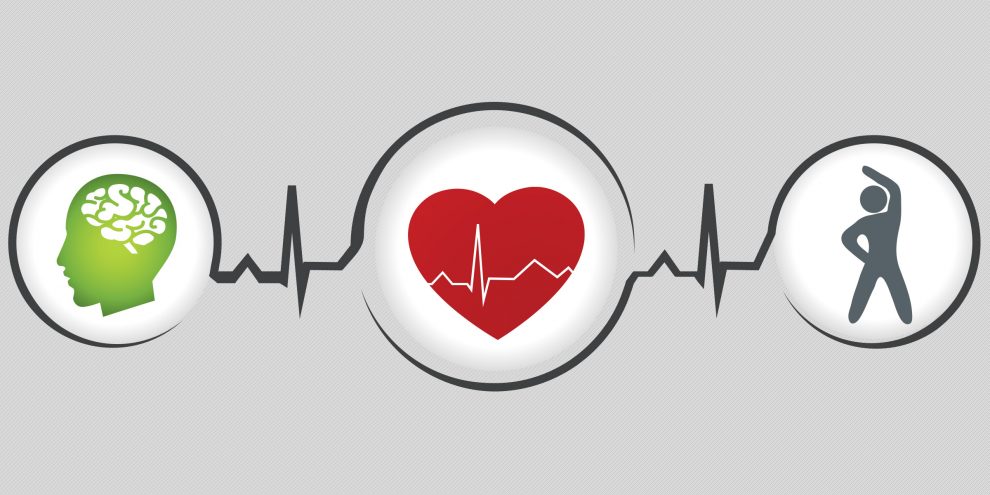Chronic diseases are long-term health conditions that require ongoing management and care. These conditions can impact various aspects of daily life and health, but with effective strategies and support, individuals can lead fulfilling lives while managing their symptoms. This guide explores common chronic diseases, practical management strategies, lifestyle changes, and tips for improving overall well-being.
Understanding Chronic Diseases
1. What are Chronic Diseases?
Chronic diseases are conditions that persist over a long period and often worsen over time. Examples include diabetes, hypertension (high blood pressure), asthma, arthritis, heart disease, and certain cancers.
2. Causes and Risk Factors
– Lifestyle Factors: Poor diet, lack of exercise, smoking, and excessive alcohol consumption.
– Genetic Predisposition: Family history of certain diseases.
– Environmental Factors: Exposure to pollutants or toxins.
– Age: Many chronic diseases become more common as people age.
3. Impact on Quality of Life
Chronic diseases can affect physical health, mental well-being, and overall quality of life. They may require ongoing medication, lifestyle adjustments, and regular medical monitoring.
Common Chronic Diseases and Management Strategies
1. Diabetes
– Management: Monitoring blood sugar levels, insulin injections or oral medications, healthy diet (low in sugar and carbohydrates), regular exercise, and annual eye and foot exams.
– Prevention: Maintaining a healthy weight, eating a balanced diet, and staying physically active.
2. Hypertension (High Blood Pressure)
– Management: Taking prescribed medications, reducing sodium intake, eating potassium-rich foods, maintaining a healthy weight, regular exercise, and stress management techniques.
– Prevention: Adopting a low-sodium diet, regular physical activity, avoiding tobacco and excessive alcohol, and managing stress.
3. Asthma
– Management: Using inhalers or medications as prescribed, avoiding triggers (like allergens or pollutants), monitoring lung function, and having an asthma action plan.
– Prevention: Identifying triggers and allergens, maintaining indoor air quality, regular exercise, and keeping vaccinations up to date.
4. Arthritis
– Management: Physical therapy, medications (like NSAIDs or corticosteroids), joint protection techniques, assistive devices (like splints or braces), and weight management.
– Prevention: Maintaining a healthy weight, staying active with low-impact exercises, protecting joints from injury, and using ergonomic tools.
5. Heart Disease
– Management: Medications (like statins or blood thinners), lifestyle changes (healthy diet, regular exercise, quitting smoking), cardiac rehabilitation, and monitoring cholesterol and blood pressure levels.
– Prevention: Eating a heart-healthy diet (low in saturated fats and cholesterol), exercising regularly, managing stress, quitting smoking, and controlling conditions like diabetes and hypertension.
6. Cancer
– Management: Surgery, chemotherapy, radiation therapy, targeted therapy, immunotherapy, and palliative care. Treatment plans vary depending on the type and stage of cancer.
– Prevention: Avoiding tobacco, maintaining a healthy weight, eating a balanced diet (high in fruits and vegetables), limiting alcohol consumption, staying physically active, and getting regular screenings.
Lifestyle Changes for Chronic Disease Management
1. Healthy Eating
– Balanced Diet: Focus on fruits, vegetables, whole grains, lean proteins, and healthy fats. Limit processed foods, sugar, and sodium intake.
– Portion Control: Monitor portion sizes to maintain a healthy weight and manage conditions like diabetes and hypertension.
2. Regular Exercise
– Types of Exercise: Incorporate aerobic exercises (like walking, swimming, or cycling) and strength training to improve cardiovascular health, muscle strength, and flexibility.
– Benefits: Reduces the risk of chronic diseases, improves mood, boosts energy levels, and supports weight management.
3. Stress Management
– Techniques: Practice relaxation techniques such as deep breathing, meditation, yoga, or tai chi to reduce stress levels and promote overall well-being.
– Benefits: Helps control blood pressure, improves sleep quality, and enhances mental clarity.
4. Smoking Cessation
– Support: Seek support from healthcare professionals, support groups, or smoking cessation programs to quit smoking.
– Benefits: Reduces the risk of heart disease, stroke, lung disease, and certain cancers. Improves overall health and quality of life.
Integrating Medical Care and Support
1. Healthcare Team
– Regular Check-ups: Schedule routine visits with healthcare providers for screenings, monitoring, and adjustments to treatment plans.
– Communication: Maintain open communication with healthcare providers to discuss concerns, symptoms, and changes in health.
2. Medication Adherence
– Importance: Take medications as prescribed, follow dosage instructions, and inform healthcare providers of any side effects or concerns.
– Monitoring: Keep track of medications, refill prescriptions on time, and use pill organizers or reminder apps to stay organized.
3. Support Networks
– Family and Friends: Seek emotional support, share experiences, and involve loved ones in caregiving responsibilities.
– Support Groups: Join local or online support groups for individuals with similar conditions to share information, experiences, and coping strategies.
Chronic disease management requires a proactive approach involving lifestyle changes, medication adherence, regular medical care, and support from healthcare providers and loved ones. By understanding the specific needs of each chronic condition and implementing effective management strategies, individuals can better control symptoms, improve quality of life, and reduce the risk of complications. Empowering individuals with knowledge, resources, and support networks enhances their ability to live healthier, more fulfilling lives despite the challenges of chronic illness. Remember, managing chronic diseases is a lifelong journey that requires commitment, patience, and a holistic approach to overall well-being.
















Add Comment